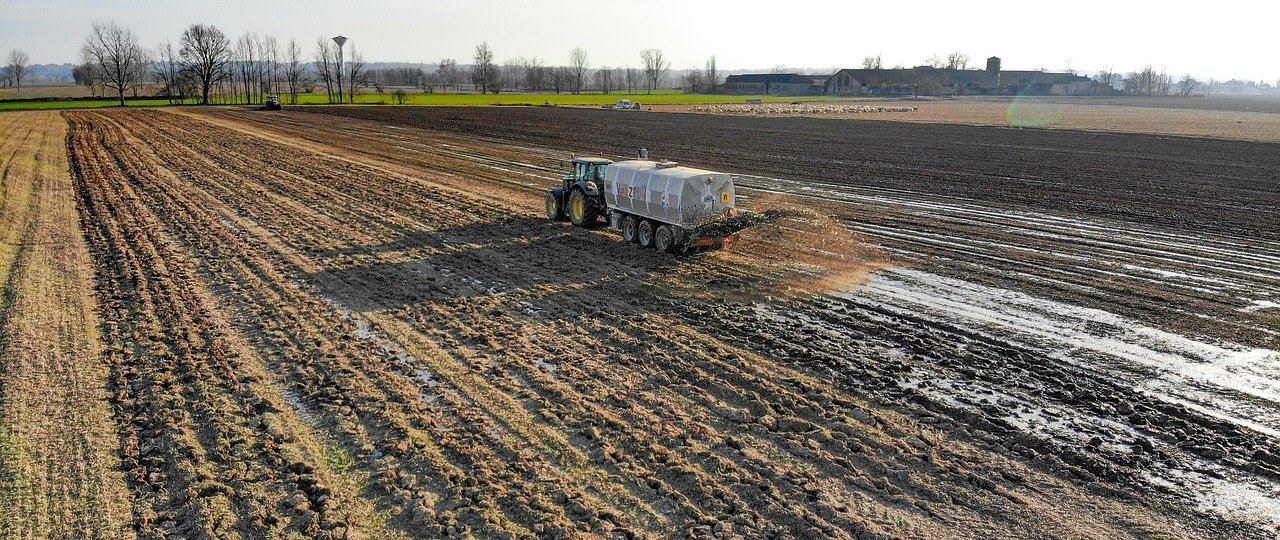Stunning Benefits of Organic matter [Storehouse of plant nutrient]
Most soil organic matter originates from plant tissue. Plant residues contain 60-90 percent moisture. The remaining dry matter consists of carbon (C), oxygen, hydrogen (H) and small amounts of sulphur (S), nitrogen (N), phosphorus (P), potassium (K), calcium (Ca) and magnesium (Mg). Although present in small amounts, these nutrients are very important from the viewpoint of soil fertility management.
As soil organic matter is derived mainly from plant residues, it contains all of the essential plant nutrients. Therefore, accumulated organic matter is a storehouse of plant nutrients. The stable organic fraction (humus) adsorbs and holds nutrients in a plant-available form. Organic matter releases nutrients in a plant-available form upon decomposition. In order to maintain this nutrient cycling system, the rate of organic matter addition from crop residues, manure and any other sources must equal the rate of decomposition, and take into account the rate of uptake by plants and losses by leaching and erosion. Where the rate of addition is less than the rate of decomposition, soil organic matter declines. Conversely, where the rate of addition is higher than the rate of decomposition, soil organic matter increases. The term steady state describes a condition where the rate of addition is equal to the rate of decomposition.
Soil organic matter consists of a variety of components. These include, in varying proportions and many intermediate stages, an active organic fraction including microorganisms (10-40 percent), and resistant or stable organic matter (40-60 percent), also referred to as humus.
Organic matter existing on the soil surface as raw plant residues helps protect the soil from the effect of rainfall, wind and sun. Removal, incorporation or burning of residues exposes the soil to negative climatic impacts, and removal or burning deprives the soil organisms of their primary energy source.
In terms of improving soil structure, the active and some of the resistant soil organic components, together with micro-organisms (especially fungi), are involved in binding soil particles into larger aggregates. Aggregation is important for good soil structure, aeration, water infiltration and resistance to erosion and crusting.
The resistant or stable fraction of soil organic matter contributes mainly to nutrient holding capacity (cation exchange capacity [CEC]) and soil colour. This fraction of organic matter decomposes very slowly. Therefore, it has less influence on soil fertility than the active organic fraction.
All physical properties of soil such as- Soil structure, soil texture, soil porosity, soil water holding capacity, soil color, soil particle density, bulk density, soil permeability, soil pore space etc. control by organic matter.
If we apply more inorganic fertilizer in soil it will create toxicity in soil but if we apply more organic manure in soil it will not create toxicity.
Above all discussion we can say that, Organic matter is the store house of plant nutrient.
You can read more articles about Soil Science
Useful Agricultural Websites
